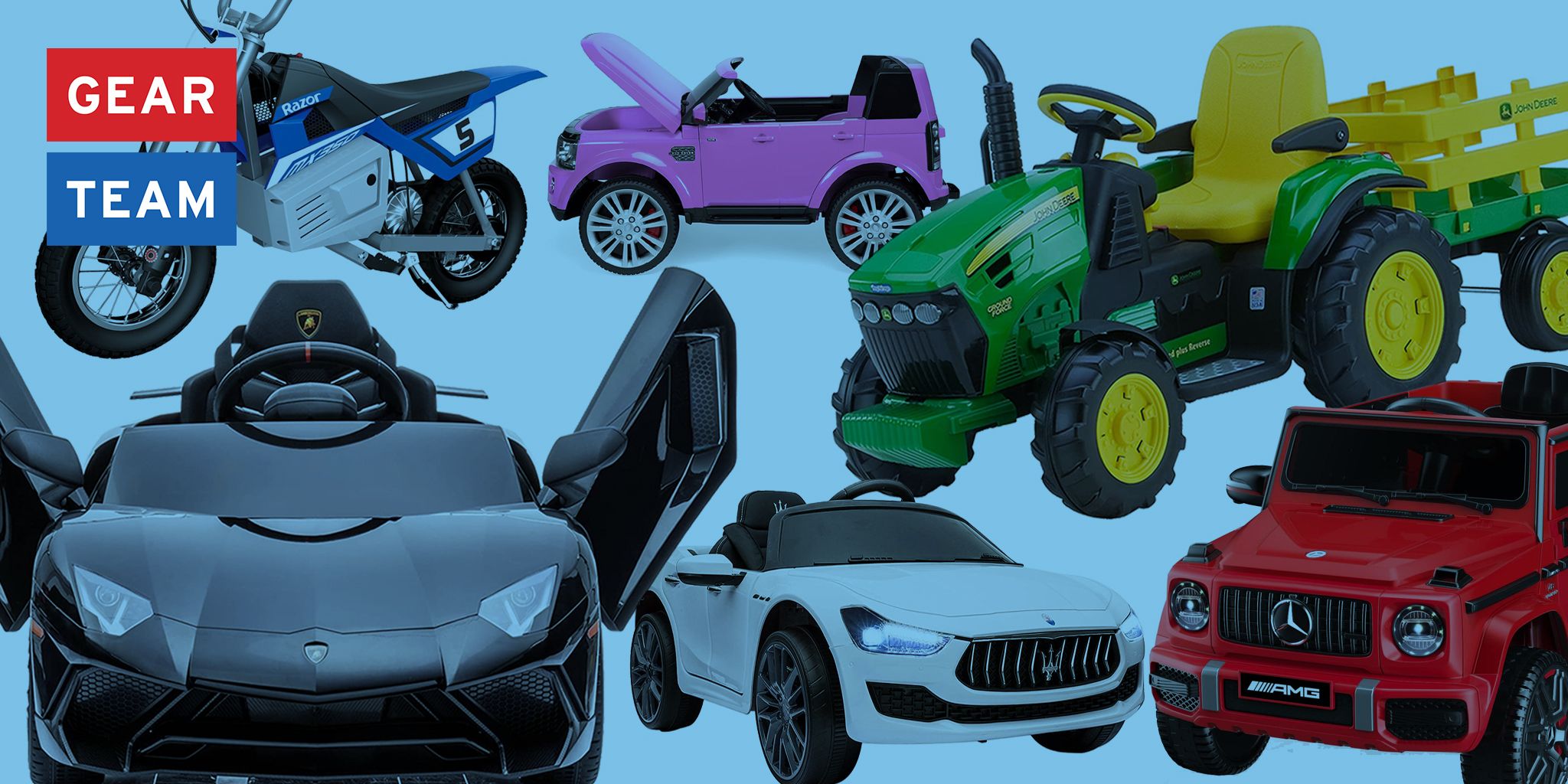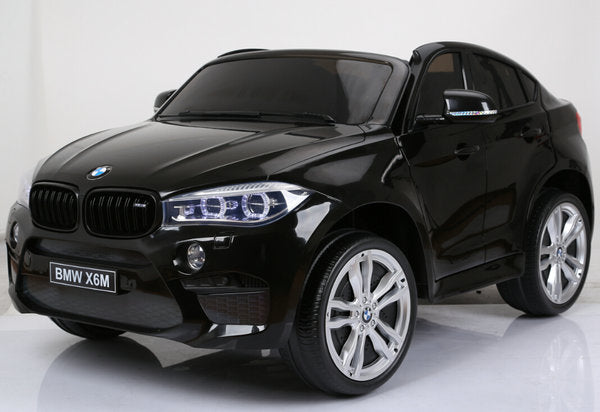Handy Ideas On Deciding On Kids Ride On Cars
Wiki Article
What Are The Best Ride-On Cars For Older Kids As Well As Younger Toddlers?
If you're thinking about ride-on cars for children, it is essential to take into account their age, size and developmental stage to ensure that the car is safe, appropriate and enjoyable for children. These factors should be considered:
Younger toddlers (1 to 3 years old) Consider riding-on vehicles specially made for this age group. These vehicles have simple controls, a low-profile design that is sturdy, and a steering wheel or button. Select ride-ons with a large base to ensure stability, and a very low chance of tipping.
Children older than 3 years - With age children, they are able to handle ride-ons with more advanced features and controls. Look for cars that have an adjustable seat and weight capacity that is larger, and more interactive features like lights, sounds or music. It is recommended to look for ride-ons that permit you to adjust the speed or parental controls to ensure safety and accommodate different levels of skill.
Size
Height and weight Height and Weight and weight into account when selecting a ride-on car. Choose a vehicle with the right weight for your child and a height that will comfortably fit your child. Avoid cars that are too big or too small, since they could cause discomfort or make it unsafe for your child.
Comfort and Legroom Ensure that your child sits comfortably and has sufficient legroom in the ride-on. Be sure that the car's seating area is suitable to your child's.
The Developmental Stage
Motor Skills: When choosing a ride-on car be sure to consider your child's coordination skills and their motor abilities. Littler toddlers might require simpler controls and features to navigate and navigate, while older children are able to handle more complex controls and features with interactive capabilities.
Independence and confidence: Ride-on cars help children develop confidence and independence as they learn how to steer and control their vehicle. Pick a car that will allow your child to learn to steer, accelerate and brake independently. This will increase their motor skills and confidence as they progress.
Engagement and Interest Engaged and Interest: When choosing the ride-on for your child, take into consideration their interests and preferences. Select a theme, color or feature that will appeal to your kid's interests. It might be an old-fashioned automobile, sports car with an interesting character or a pickup truck or a classic car.
If you consider your child’s age, their size, and their development stage, then select a vehicle that is fun, comfortable, and safe. Your child can have hours of fun as they explore. View the best Mercedes kids car for site info including ride of car, electric two seater cars, remote control childrens car, kidscars, toy car for car, toy cars toy car, toy cars, toy in car, two seater electric cars, toy car toy car and more. .

What Kind Of Assembly And Maintenance Specifications Are Required For Children's Ride-On Automobiles?
To ensure durability and safety, most kid's ride-on vehicles require assembly. Here are the most common assembly and maintenance requirements for kid's ride-on cars - - Assembly -
The majority of cars that ride on come partially assembled and require some assembly. Attaching wheels, steering wheels seats, and accessories as according to the directions given by the manufacturer is usually required.
Assemble the components according to the instructions. To complete the assembly, you will need the tools and accessories that are provided.
Cleaning
The ride-on cars need to be cleaned frequently to ensure they look good and perform properly. Make use of the soft, dampened cloth or sponge using mild soap and warm water to clean the exterior of your.
Pay attention to the areas susceptible to buildup such as tires, undercarriage, and wheels. To remove tough dirt and grime brush or a brush to get into places that are difficult to reach.
Beware of harsh cleaners and water jets that are high-pressure, which can damage the paint and electronic components on car.
Battery Care
The battery of the car that rides on it must be maintained in a way to ensure that it operates effectively and lasts the longest possible time. These tips will assist you in taking care of your battery.
Fully charge the battery before and after each use to extend the runtime.
Overcharging the battery or leaving it connected for long periods can cause damage and decrease its life span.
The battery in the car that is ride-on must be kept in a cool and dry area when not being used in direct sunlight or extreme temperatures.
Periodically inspect the battery terminals for damage or corrosion, and clean them with a wire brush or terminal cleaner If necessary.
Replace the battery if it no longer holds an charge or is showing signs of damage or deterioration.
Tire Maintenance -
Be sure to check the tires on a regular basis for signs of damage, wear, or loss of pressure. Inflate the tires according to the recommended pressure by using a bicycle pump or air compressor if needed.
Check the tread pattern and see if there is any foreign object or particles which could lead to flats or punctures. Remove obstructions, and replace damaged tires or fixing them if required.
Lubricate the wheel and axle bearings periodically to ensure smooth rotation and reduce friction.
Repair or replace components whenever needed
Ride-on vehicles may require repair or replacement of parts due to wear or damage.
Be on the lookout for indications that your system may be malfunctioning or becoming damaged, including strange sounds or behaviors and power outages, as well as other abnormalities. Check the instructions of the manufacturer or call Customer Support to assist in troubleshooting.
To avoid further damage, replace worn-out or damaged components as soon as you can to ensure security and function.
You can ensure that your child's rideon car is in perfect condition by adhering to these assembly and maintenance instructions. Your child will be able to enjoy endless hours of safe, enjoyable and thrilling playtime. Take a look at the top go here about Lamborghini ride on car for site recommendations including a toy car, pedal car, ride on car, two seater childrens electric cars, 2 seater electric cars, electric ride on, childrens electric cars, electric rideons, a toy car, car toy toy and more. .

What Are The Remote Control Childrens Cars Available? What Are The Advantages And Disadvantages Of These Vehicles?
The diverse sizes, designs price, styles, and models of remote control children's car are readily available to meet the budget and requirements of everyone. Here's a list of the various types of remote control children's cars, including the dimensions, cost ranges, and pros and con.
Electric RC Cars – Remote-controlled cars powered by batteries that are suitable for use indoors and outdoors. They are available in various styles including trucks, buggies or sports cars.
Nitro RC Cars - Gas-powered remote-controlled cars that offer higher speeds and performance but require more maintenance and expertise to operate. They're typically bigger and more costly than electric RC cars.
Scale Models (Remote-controlled replicas) They are miniatures of real-life vehicles like planes, trucks, or cars. Model sizes vary from 1-10 to 1--24. The larger models provide greater quality and greater real-world realism.
Sizes -
Children's remote control cars come in a variety of sizes. The range of sizes ranges from small replicas to large-scale models. The size and weight of the car can affect its performance.
Micro-sized cars which are lightweight and compact, are great for use indoors and by children who are younger. These larger models have greater power and endurance and are ideal for off-road and racing in the outdoors. driving.
Prices
The prices of remote-controlled vehicles for children vary according to factors like dimensions, features, and brands.
Micro-sized electric and nitro powered cars for RC are available in sizes ranging between $20 and $100.
Scale model cars and high-end hobby RCs can cost anywhere from a few hundred to over 1,000 dollars, depending on how precise and powerful they are.
What are the pros and cons?
Pros -
Remote Control Cars for Children These vehicles are fantastic for entertainment. They are able to be used by adults and children alike.
Skill development The RC car will help kids develop their spatial awareness and hand-eye coordination.
Social Interaction RC cars are a great way to play by family members and friends, encouraging social interaction and cooperation.
Customization - A lot of RC cars can be customized with aftermarket parts, upgrades and accessories to enhance the performance and look.
Cons
Cost - High-quality remote control children's vehicles can be costly and can be expensive, particularly models that are hobby-grade with sophisticated features.
Learning Curve: Operating an RC vehicle requires a lot of practice and knowledge, and young kids may have difficulty with the controls in the beginning.
Maintenance – RC vehicles need regular maintenance. This includes cleaning, lubrication as also periodic repairs and replacements of parts.
Safety Concerns RC cars pose a safety risk, and can cause electrical hazards, collisions and falls if not used under supervision by an adult.
In general, remote-control children's vehicles provide a thrilling and educational experience for all kids. However, when choosing the best model for your child, you should consider things like the price size, dimensions, features and security. Hobby-grade RC automobiles are more suitable for kids who are more mature and enthusiastic however, simpler vehicles are ideal for children who are younger and beginner children. View the recommended McLaren kids car for blog info including electric ride on, car electric ride on, ride on digger, toy in car, toy the car, ride of car, toy ride, kiddies cars, ride electric car, race car toy and more. .
